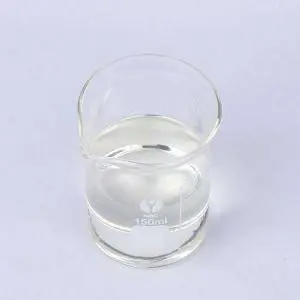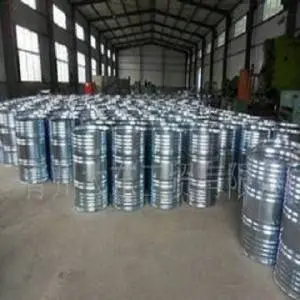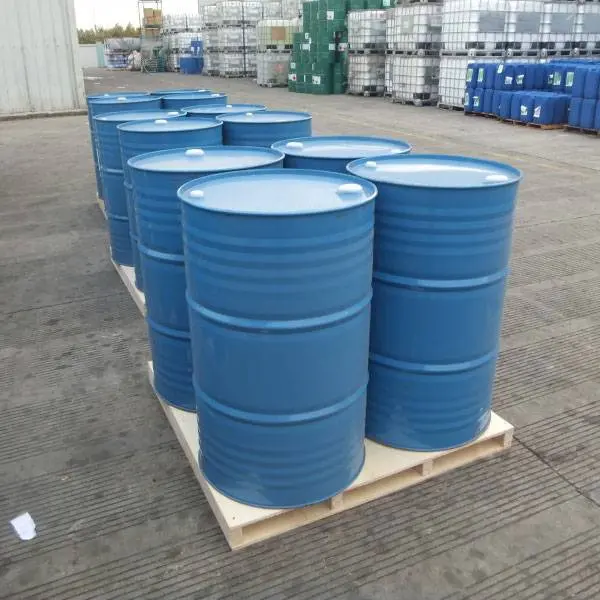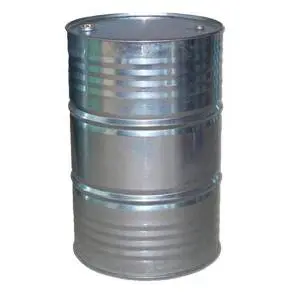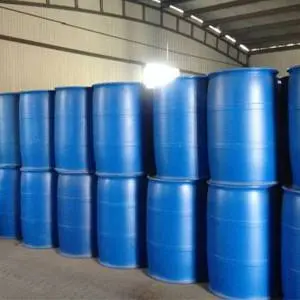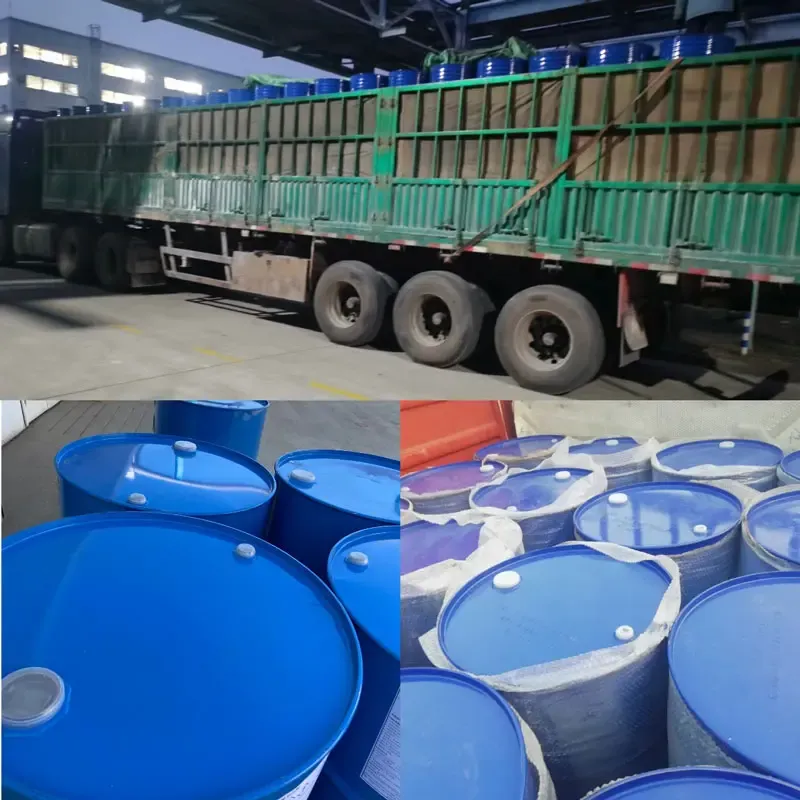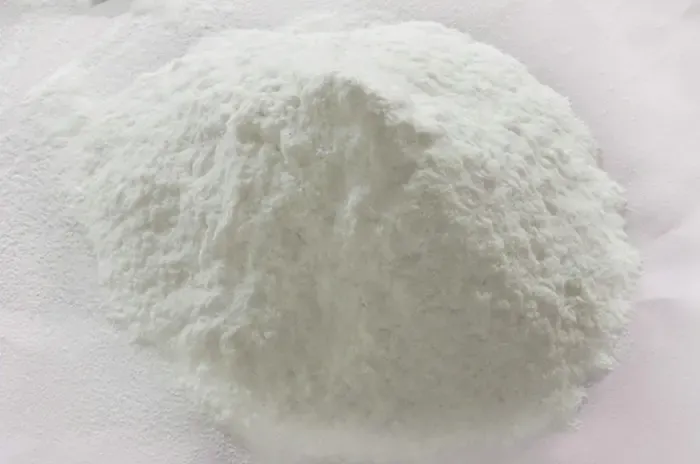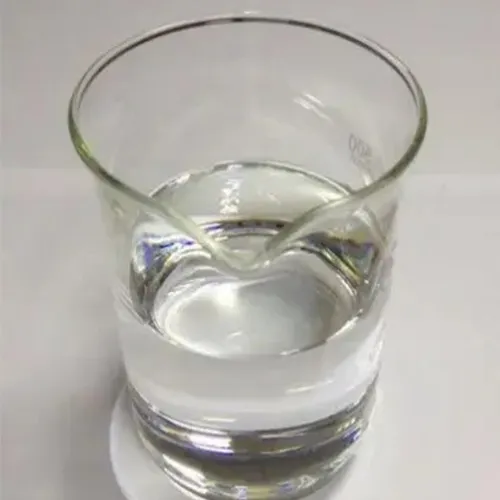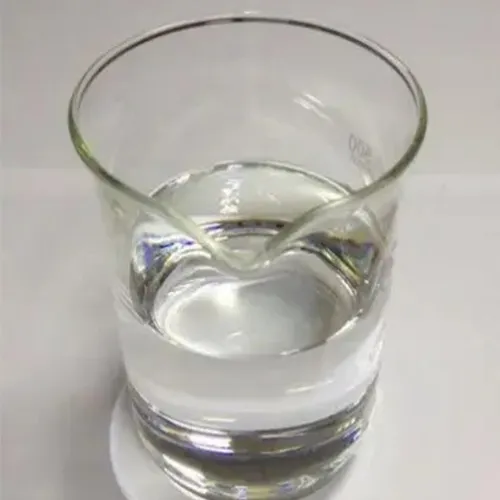Formamide: Organic compound with unique properties
Formamide, as an important organic compound, has a wide range of applications in chemistry, materials and other fields. Its molecular structure is simple yet distinctive, providing important support for many industrial processes and scientific research activities.
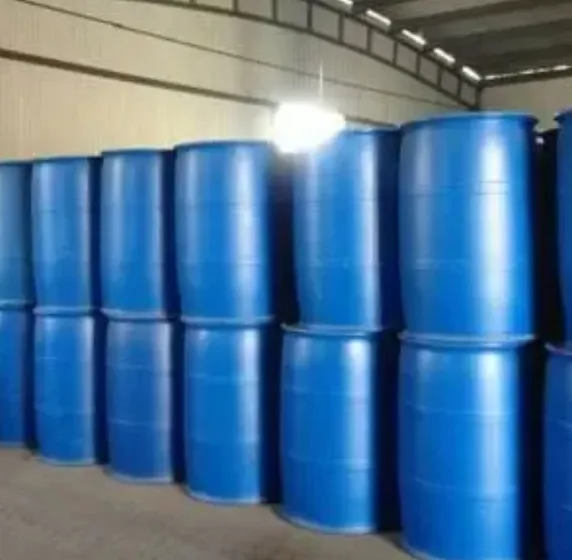
Formamide has unique physical properties
Dimethyl formamide is a colorless and transparent liquid with a slight ammonia odor, and is stable at room temperature. Its boiling point is relatively high, about 210 ℃, and its melting point is as low as 2.5 ℃, which allows it to remain liquid over a wide temperature range. Formamide has extremely strong solubility, not only can it be miscible with water in any ratio, but it can also dissolve many organic compounds and inorganic salts. This excellent solubility makes it an ideal solvent for many reactions.
In terms of chemical properties, Formamide exhibits certain reactivity
The molecule nn dimethyl formamide contains amide groups, which can undergo hydrolysis under specific conditions to produce formic acid and ammonia. At the same time, it can also participate in dehydration reactions and generate products such as hydrogen cyanide under the action of catalysts. In addition, Formamide also has a certain polarity, which allows it to act as a polar solvent in organic synthesis to promote reactions, and the hydrogen atoms in its molecules can participate in hydrogen bond formation, affecting the mechanism and rate of some chemical reactions.
The preparation of Formamide has a mature process route
The common preparation method is to react formic acid with ammonia to produce ammonium formate, which is then dehydrated to obtain azobis formamide. During the reaction process, precise control of temperature and pressure is required. Typically, ammonium formate is decomposed and dehydrated under heating conditions to produce formamide and water. Through purification methods such as distillation, high-purity Formamide products can be obtained to meet the needs of different scenarios.
Formamide has a wide range of applications
In organic synthesis, benzyl formamide is commonly used as a solvent and reaction medium, participating in the synthesis of various organic compounds, such as the preparation of heterocyclic compounds. In the field of materials, it can be used to synthesize high molecular weight materials such as polyamide, and can also be used as a plasticizer to improve the properties of certain materials. In the textile industry, Formamide can be used for fiber processing to improve fiber flexibility and dyeing performance. In addition, Formamide also plays an important role in fields such as pharmaceutical research and pesticide synthesis.
In summary, Formamide has become an important organic compound due to its unique physical properties, distinct chemical characteristics, mature preparation process, and wide range of applications. Its application in multiple fields has promoted the development and technological progress of related industries. With the continuous deepening of scientific research, more characteristics and application potential of Formamide will be discovered, continuously contributing value to the development of various fields.
Formamide FAQs
What is Formamide and what are its main uses?
Formamide is a colorless and transparent organic compound with the chemical formula HCONH ₂, possessing high polarity and good solubility. It is often used as a solvent or reaction medium in organic synthesis, especially in the fields of pharmaceuticals and pesticides. In addition, Formamide is also used in the production of dyes, plastics, and fibers, or as a protein denaturing agent in the laboratory.
What are the physical and chemical properties of Formamide?
Formamide is a viscous liquid at room temperature, with a boiling point of approximately 210 ° C, and is miscible with polar solvents such as water and alcohols. Its molecular structure contains amide bonds and aldehyde groups, thus possessing both nucleophilicity and reducibility. Under high temperature or strong acid and alkali conditions, it may decompose, releasing ammonia and carbon monoxide.
Is Formamide harmful to the human body and how can it be safely used?
Formamide is irritating to the skin, eyes, and respiratory tract, and long-term exposure may lead to dermatitis or central nervous system depression. Wear protective gloves and goggles during operation to ensure good ventilation. If accidentally touched, immediately rinse with clean water and seek medical attention. When storing, keep away from sources of fire and oxidants.
How is Formamide prepared in industrial production?
Formamide is mainly synthesized through the reaction of carbon monoxide and ammonia under high pressure conditions in industry, or by the ammonolysis reaction of methyl formate and ammonia. In recent years, environmentally friendly processes such as catalytic hydrogenation of hydrogen cyanide have also been developed to reduce the generation of by-products.
What are the special applications of Formamide in the field of scientific research?
In molecular biology, Formamide can be used to lower the melting temperature of DNA and assist in hybridization experiments. It is also used as a solvent for liquid chromatography analysis or in the preparation of certain ionic liquids. Due to its unique dielectric constant, Formamide also has certain value in electrochemical research.
Post time: Sep . 10, 2025 17:08





